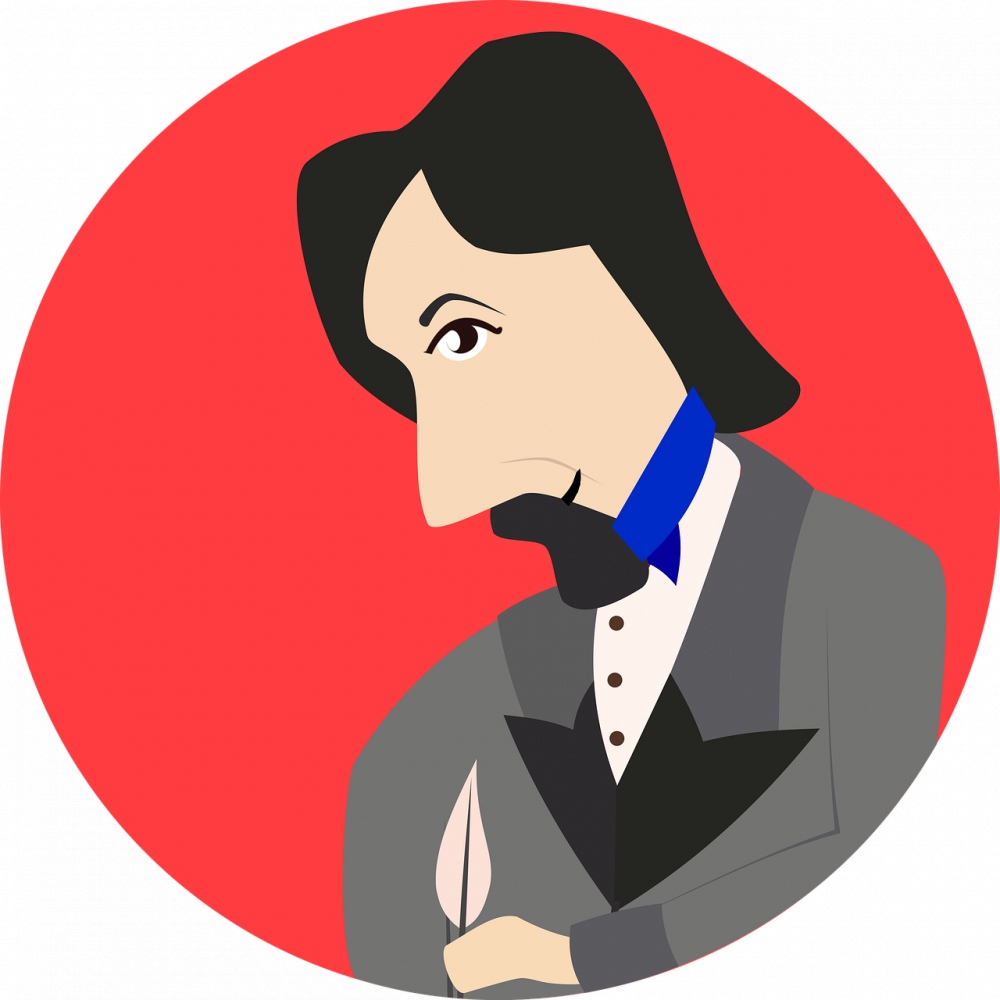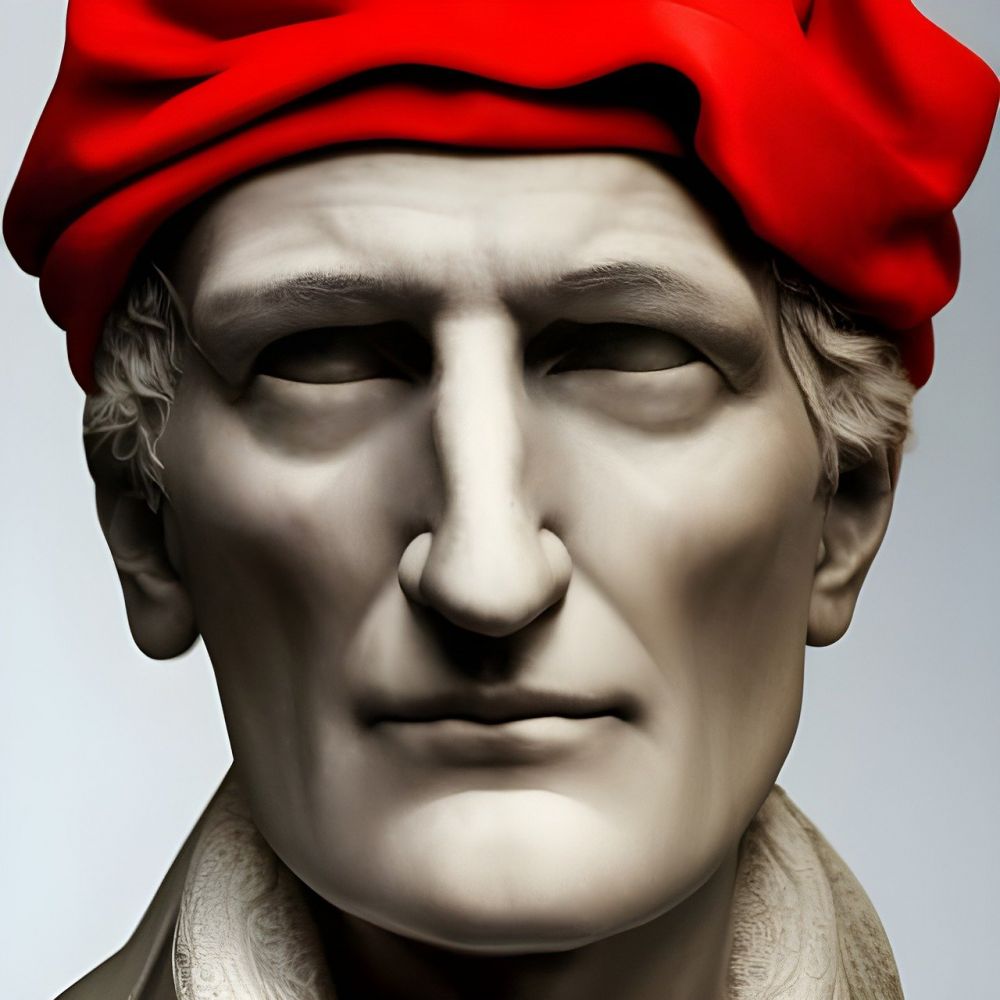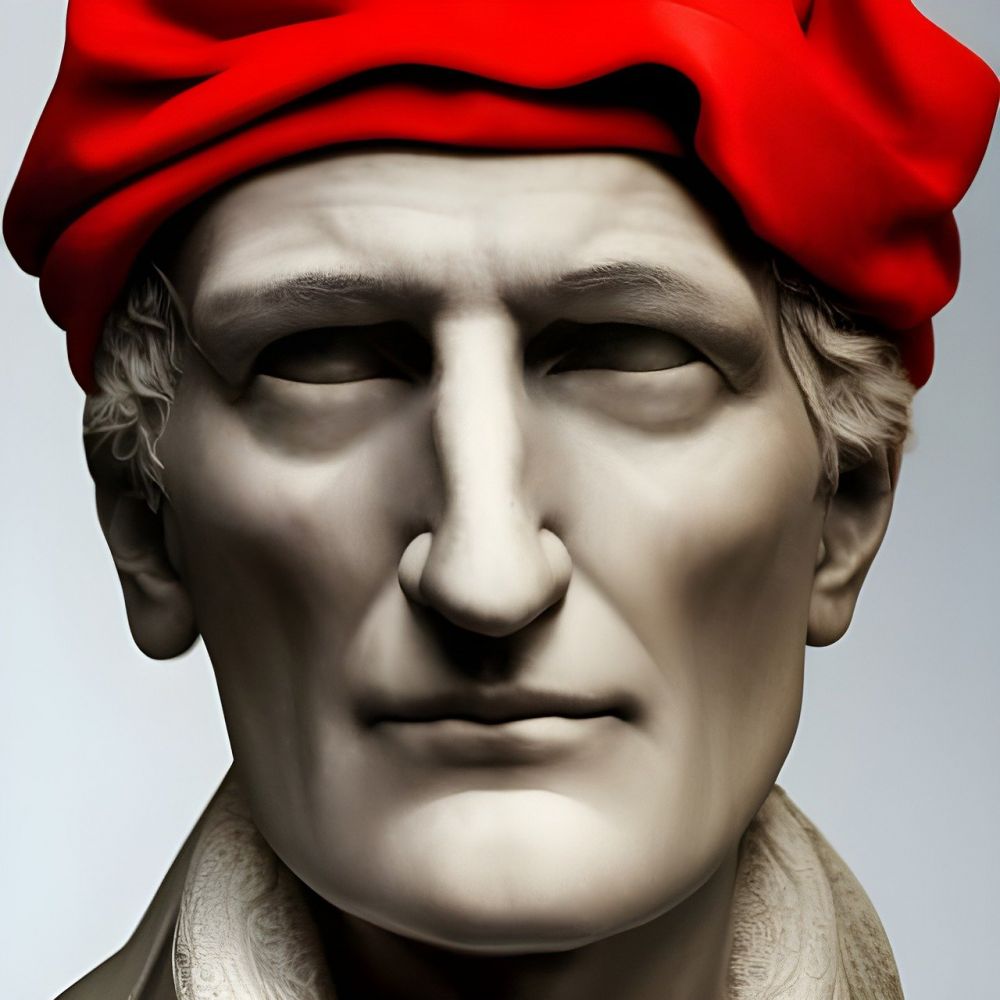Jane Austens Pride and Prejudice: A Timeless Classic
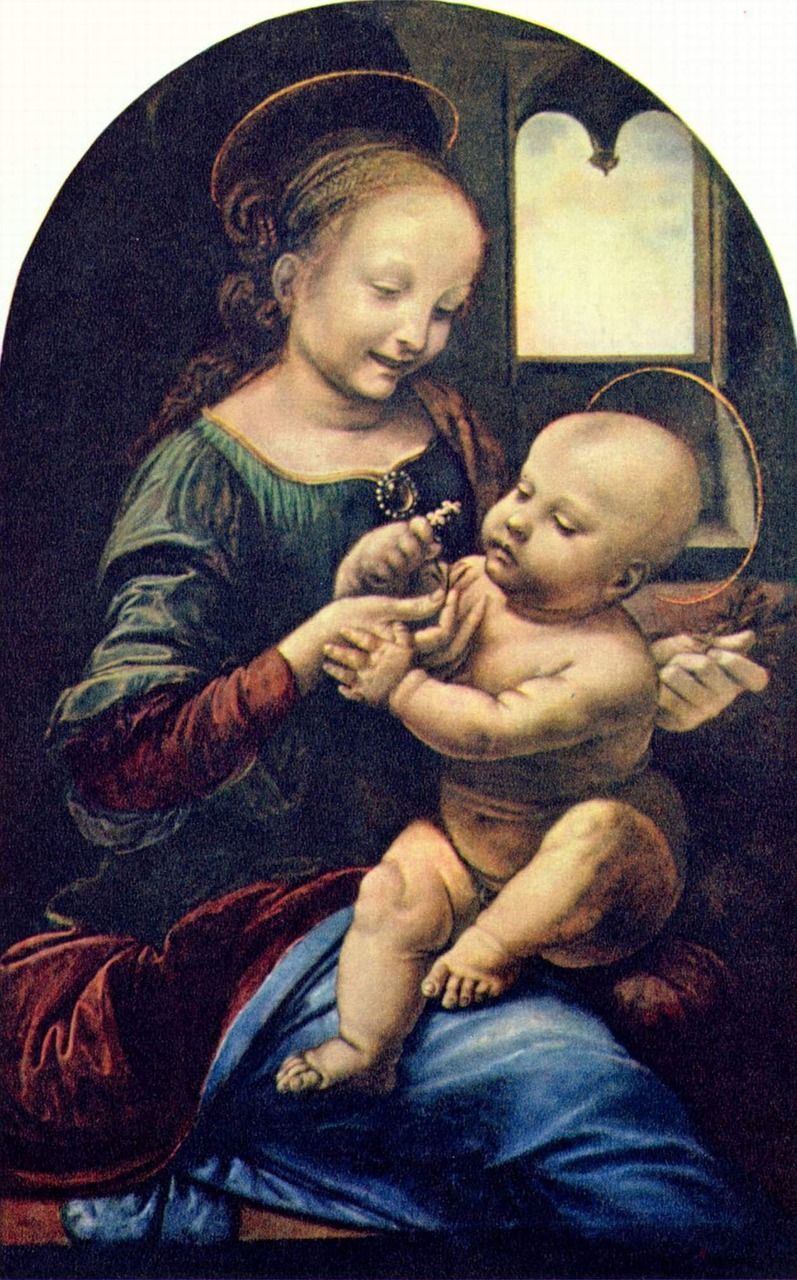
Introduction:
Jane Austen’s novel Pride and Prejudice is a brilliant literary masterpiece that has captured the hearts and minds of readers for over two centuries. This timeless classic takes us on a journey through the intricacies of love, societal expectations, and personal growth. In this article, we will delve into the depths of this iconic work, exploring its themes, characters, and historical significance.
History and Evolution of Pride and Prejudice:
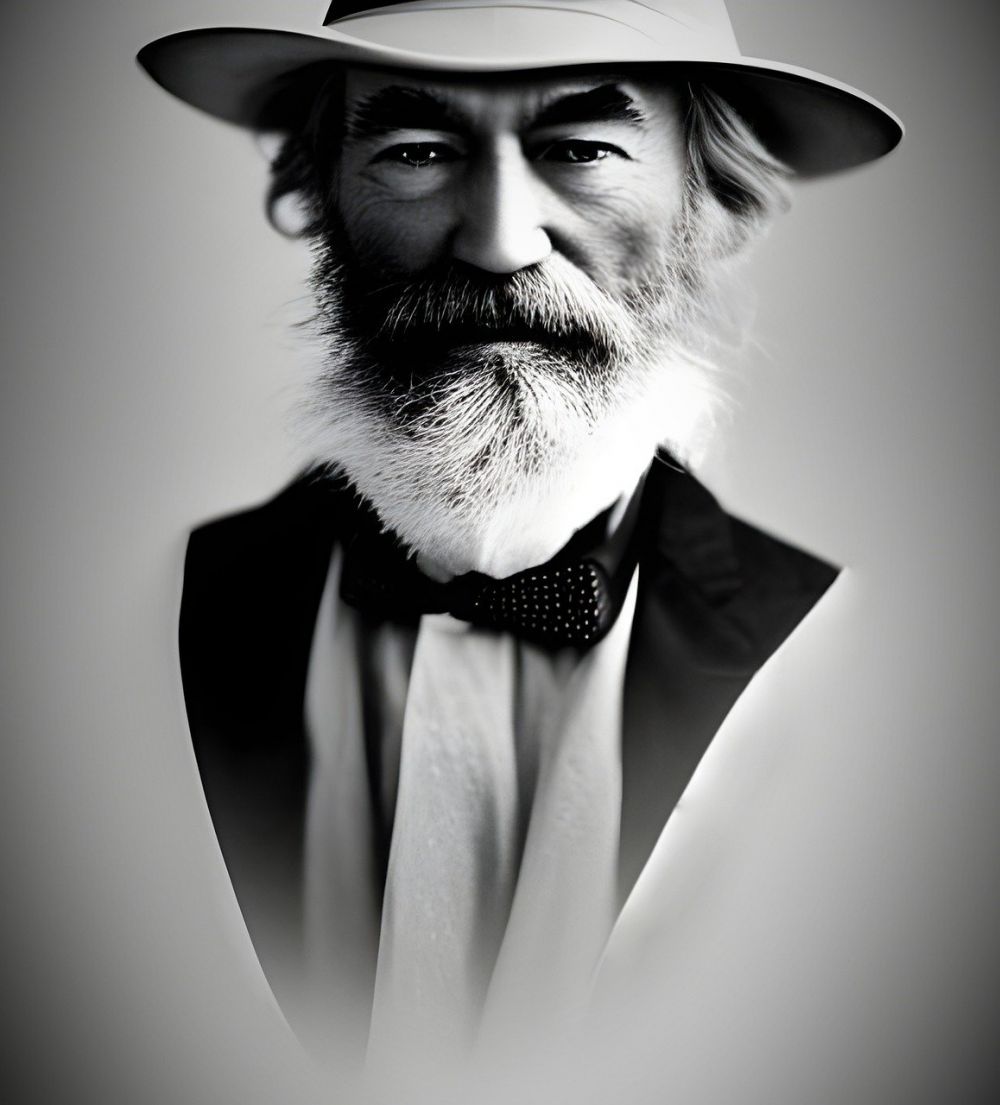
Pride and Prejudice was first published in 1813, during a time when societal norms strictly dictated the lives of women. Set in rural England, the novel follows the Bennet sisters as they navigate the challenges of finding suitable husbands. Beyond its engrossing romantic plot, the book also offers a scathing critique of the social hierarchies and class prejudices prevalent in the Regency era.
Over the years, Pride and Prejudice has evolved from a mere novel to a cultural phenomenon. It has been adapted countless times into film, television, and stage productions, captivating audiences of all generations. The story’s enduring popularity can be attributed to Austen’s vivid portrayal of her characters and their relatable desires, aspirations, and flaws.
Themes Explored in Pride and Prejudice:
1. Love and Marriage: Pride and Prejudice delves into the complexities of love and marriage, examining the tension between societal expectations and personal desires. It challenges the notion that a woman’s ultimate goal is to secure a financially advantageous marriage and offers a nuanced exploration of the importance of emotional compatibility.
2. Social Class: Austen’s novel shines a light on the rigid class distinctions of the time, where one’s social standing held significant influence over one’s options in life. The characters’ interactions provide insightful commentary on the prejudice and snobbery prevalent in society, regardless of one’s wealth or accomplishments.
3. Pride and Prejudice: As the title suggests, the novel explores the detrimental effects of excessive pride and prejudiced judgments. Both Elizabeth Bennet and Mr. Darcy experience personal growth as they confront their flaws and learn to overcome their initial biases.
4. Female Agency: Austen’s portrayal of female characters challenges societal norms by emphasizing their intelligence, wit, and inner strength. Elizabeth Bennet, in particular, breaks free from the confines of societal expectations, asserting her independence and refusing to settle for less than she deserves.
The Impact of Pride and Prejudice on Literature and Culture:
Pride and Prejudice’s enduring popularity can be attributed to its timeless themes and captivating storytelling. Its influence on literature and culture is evident in various adaptations, literary analyses, and even modern-day romance novels.
The novel’s portrayal of strong, independent female characters has resonated with generations of readers, inspiring feminist movements and challenging societal expectations. Critics and scholars continue to praise Austen’s wit, satirical style, and keen observation of human nature, cementing her as one of the greatest authors of all time.
In conclusion, Pride and Prejudice stands as a testament to Jane Austen’s remarkable literary talent and continues to captivate readers with its timeless themes and vivid characters. Its examination of love, social class, and female agency serves as a poignant reminder of the power of Austen’s words and the universal human experiences she so masterfully depicts.
Sources:
– Johnson, Claudia L. Jane Austen: Women, Politics, and the Novel. University of Chicago Press, 1988.
– Todd, Janet, and Antje Blank. Jane Austen. Cambridge University Press, 2005.
– Austen, Jane. Pride and Prejudice. Penguin Classics, 2003.

